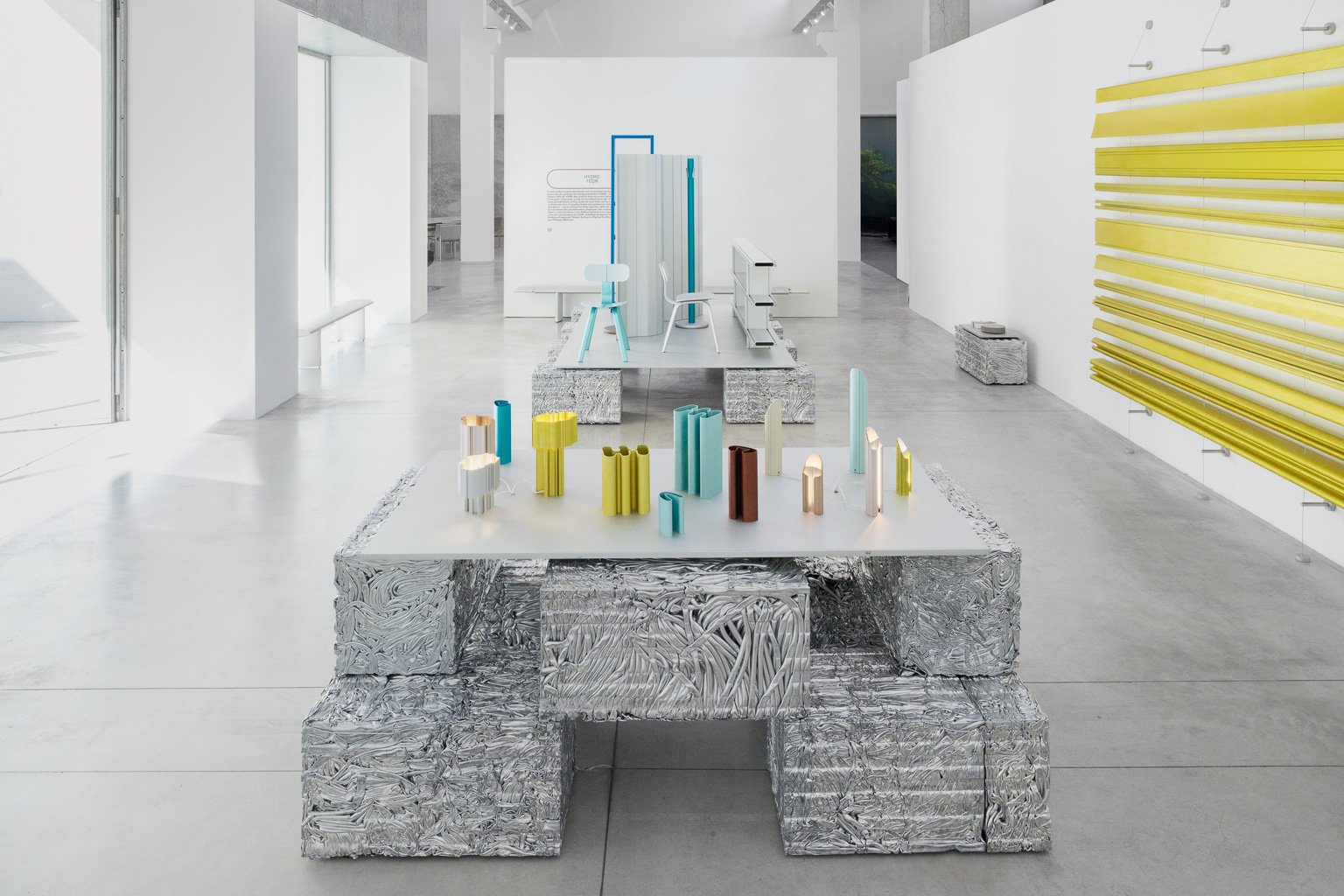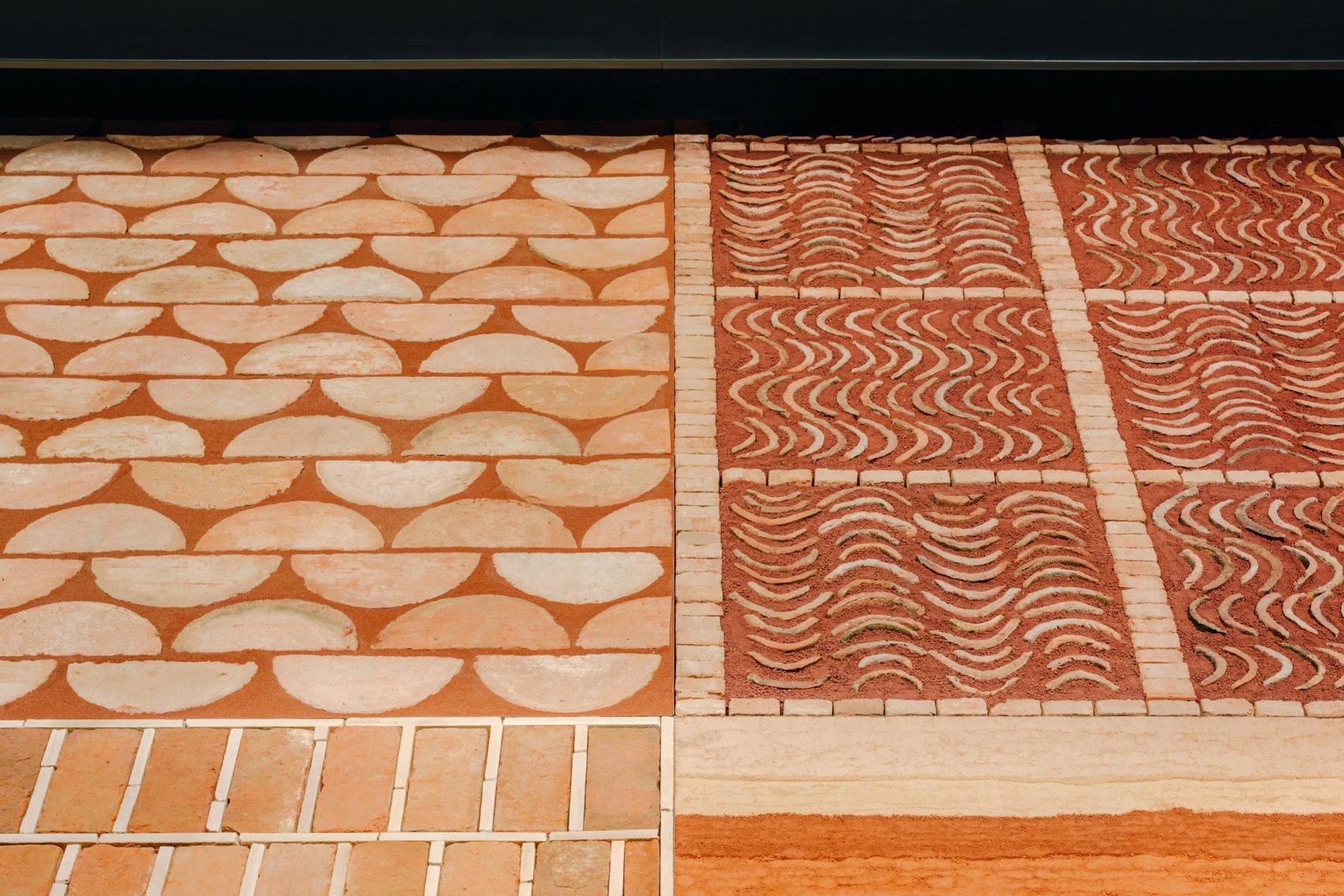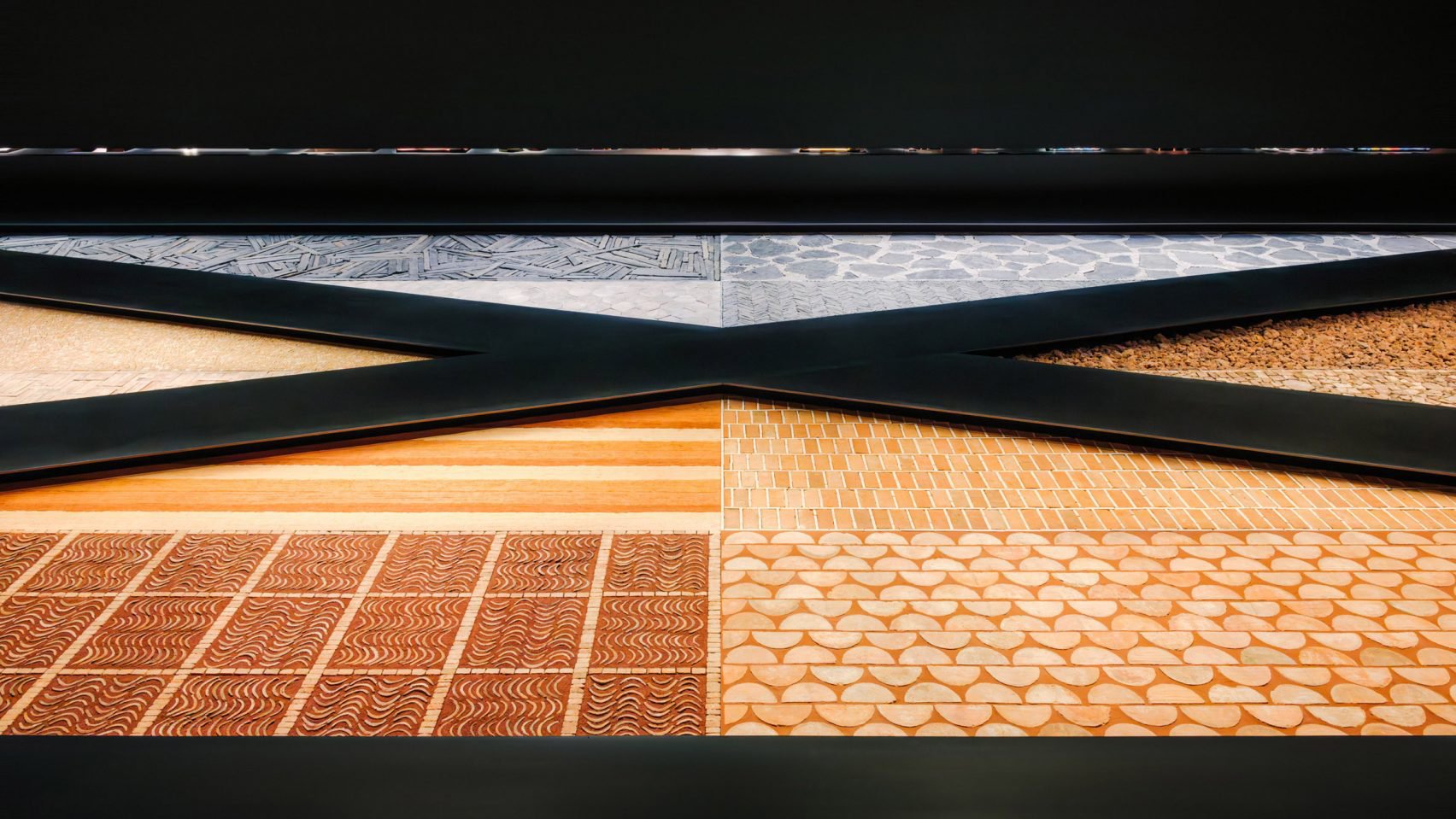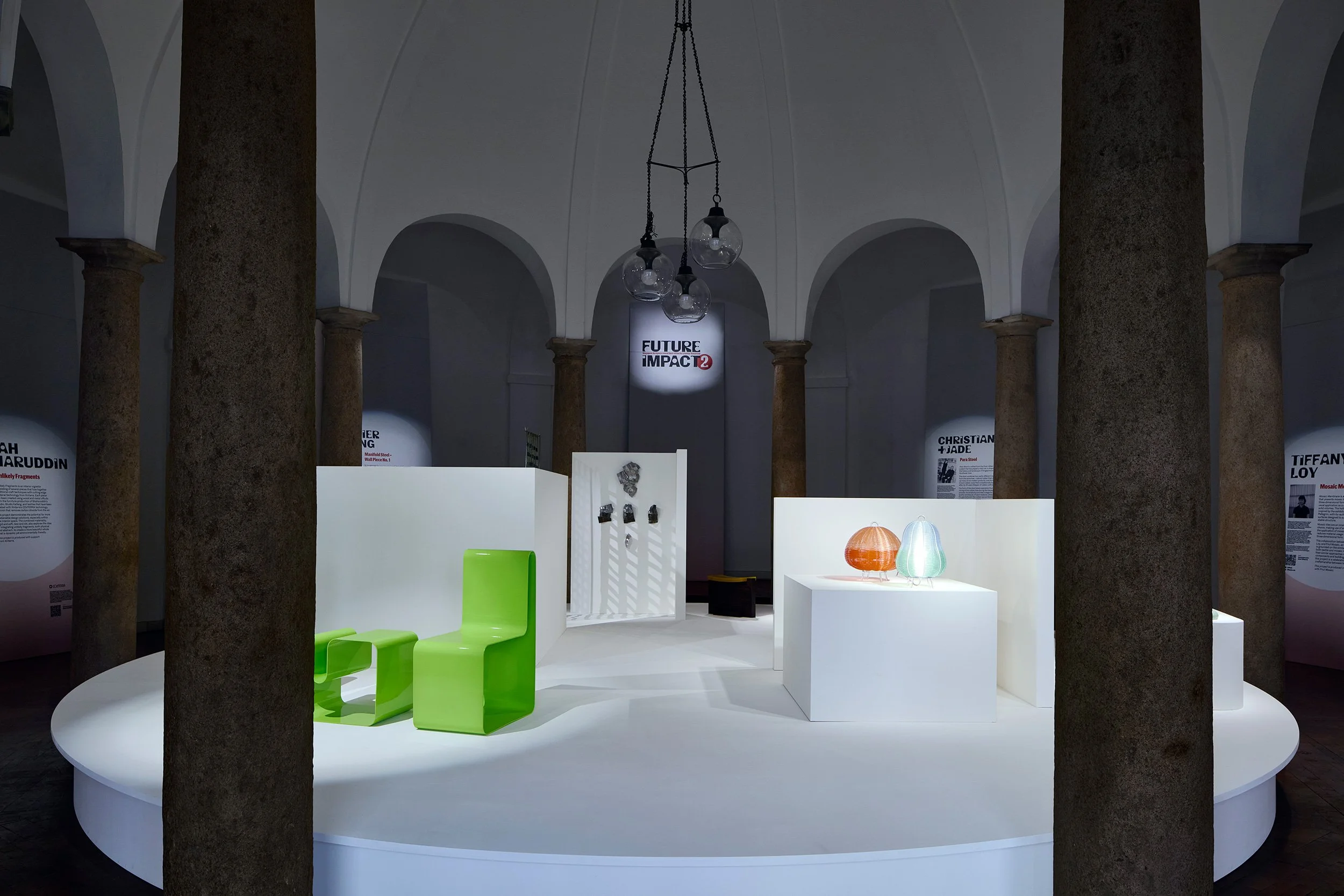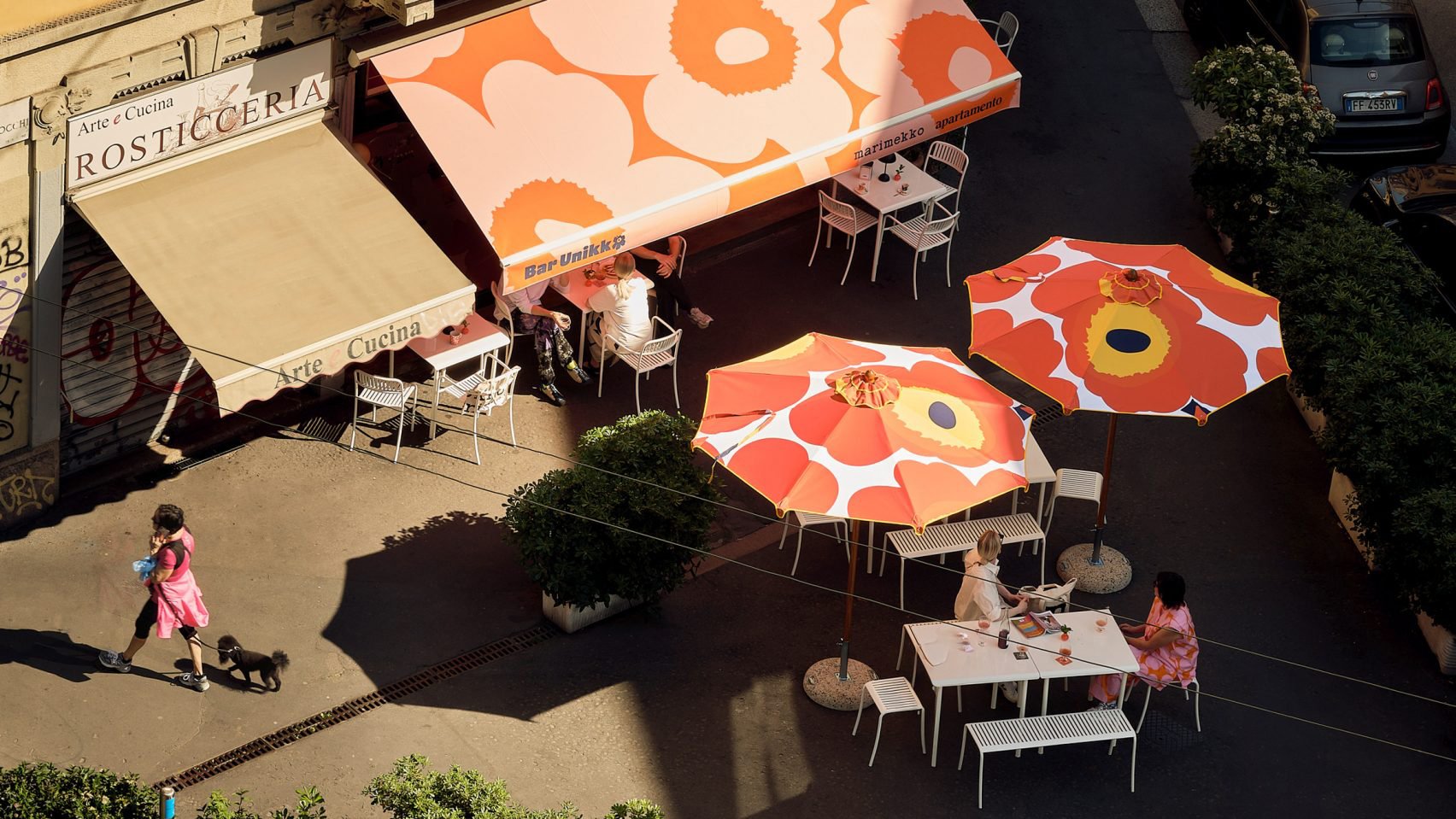Milan Design Week 2024

The world's biggest design event has ended for another year, transforming Milan with countless exhibitions, installations, and showroom displays. Here's a look at some of our highlights from across the city:
Isola - This Future is Currently Unavailable
Isola Design Festival brought together more than 320 international designers, studios, creators, and manufacturers across 60 venues, including 3 main hubs, showcasing inspiring exhibitions, installations, events, workshops, demonstrations, and talks that fostered creativity and exchange. The festival's 2024 theme, "This Future is Currently Unavailable," aimed to provoke action by challenging designers to see design as a tool for addressing real-world issues, calling on them to imagine how design and new craftsmanship can shape our future and that of our planet.
"Some say that the future has arrived. Others say the future is unpredictable. What we can say for sure, is that the future can’t be like what we are living in today.”
Hydro 100R
Hydro, in collaboration with designer Lars Beller Fjetland, challenged seven renowned designers, including Inga Sempe, John Tree, Max Lamb and, Rachel Griffin to create products made purely from their new material, Circal 100R. Each can be mass-produced on demand, highlighting the material's versatility.
Hydro CIRCAL 100R – the world's first industrial-scale aluminium made entirely from recycled post-consumer scrap - can be endlessly recycled with a 97% lower carbon footprint than the global average for primary-grade aluminium.
House Of Switzerland
Swiss design took centre stage at House of Switzerland Milano, a collaborative exhibition of emerging designers, studios, universities, brands, and galleries by the Swiss Arts Council Pro Helvetia and Presence Switzerland. This year’s theme explored emotional connections in design, featuring indoor and outdoor installations across three floors. Immersive installations within and around the house also prompted reflection on themes like circularity, wellness, and nature.
Hermès
Spread across La Pelota's floor, Hermès home artistic directors - Charlotte Macaux Perelman and Alexis Fabry- created a patterned surface with over twenty organic materials, inspired by a vintage jockey silk blouse. The installation featured reclaimed bricks, slate, marble, and terracotta, highlighting the brand's artisan heritage and process of crafting raw materials like leather and cashmere into coveted products. Sourced within an hour of Milan, the materials took four weeks to hand-lay before being dismantled and returned to local suppliers for reuse following the showcase.
Design Singapore Council - Future Impact 2
Curated by Tony Chambers and Maria Cristina Didero for DesignSingapore Council, Future Impact 2 featured newly commissioned works by seven of Singapore’s most innovative designers. The exhibit explored how design can evolve and transform to create a more sustainable future, minimising environmental impact and reimagining production methods, to tackle global challenges.
Zaventem Ateliers - Baranzate Ateliers
Design cooperative Zaventem Ateliers, founded by Lionel Jadot, returned to Milan Design Week to present Baranzate Ateliers. Featuring 35 studios from the cooperative and 15 like-minded guests, the exhibit offered an eclectic mix of artisanal craft and collectable design under the Zaventem Ateliers ethos, including Arno Declercq's Iroko wood furniture and Studio Élementaires' kinetic luminaires.
Marimekko - Bar Unikko
Marimekko celebrated the 60th anniversary of its iconic Unikko pattern by transforming a Milanese institution into Bar Unikko, a flower-clad pop-up cafe. Named after Maija Isola's famous poppy pattern, the cafe at Bar Stoppani featured Jumbo poppies covering the floor and pink hues throughout. The interior, largely untouched in collaboration with Apartamento magazine, juxtaposed Finnish design with traditional Italian eateries. Outside, a large pink-orange awning with oversized poppies and unique table umbrellas marked the cafe. Inside, Marimekko's touches included floral crockery, Oiva espresso cups, and a neon poppy above one table. The cafe honoured Marimekko's communal ethos, offering a day-to-night space for celebrating the brand's joyful legacy.


